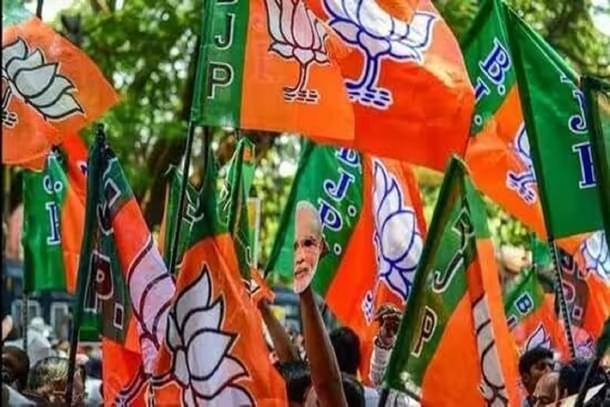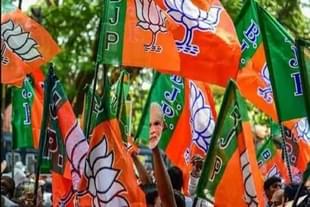Politics
The 'Allocation Problem' Of Women's Reservation And How BJP Sought To Bypass It In A 2003 Resolution
Swarajya Staff
Sep 18, 2023, 07:17 PM | Updated 07:17 PM IST
Save & read from anywhere!
Bookmark stories for easy access on any device or the Swarajya app.


What is the 'Women Reservation Bill'?
The Constitution (One Hundred and Eighth Amendment) Bill, 2008 proposes to reserve one-third of all seats in the Lok Sabha and the state legislative assemblies, for women.
Which seats in a state or UT will be reserved for women candidates will be determined by an authority prescribed by Parliament.
These reserved seats may even be rotated in a state/UT, i.e., while in one election one bunch of seats is reserved for women, in the next election, another bunch will be reserved.
Additionally, one-third of the total number of seats reserved for Scheduled Castes and Scheduled Tribes will be set aside for women of those groups in the Lok Sabha and the legislative assemblies.
The reservation of seats for women will cease to exist 15 years after the commencement of this Amendment Act.
Is it a panacea?
Critics argue that the 'Women's Reservation Bill' is more about ornamental changes than real benefits.
The strongest argument comes against the rotation of reserved seats, a process without which there may not be any reservation for women at all:
The rotation of reserved seats may potentially diminish the motivation for an MP to actively engage in constituency development, as they may become ineligible to seek re-election from that constituency.
In fact, a study conducted at the panchayat level observed that nearly 85 per cent of women elected to panchayats were first-time representatives, and only 15 per cent of women could secure re-election due to the de-reservation of the seats they were initially elected from.
The other criticism of the bill is that it could perpetuate the unequal status of women MPs, as their election on merit would be doubted.
Alternatives?
One of the alternatives to reserving one-third of all seats for women in the Lok Sabha was converting one-third of all Lok Sabha constituencies to dual-member seats.
That means, out of 543, 181 seats would elect two members, one of which would be necessarily be a woman.
In fact, in July 2003, in its national executive in Raipur, the BJP had passed a resolution seeking the same.
But this alternative too has its problems:
If 181 women members are elected above 543, that brings the House strength to 724, and 181 members out of 724 translates into a 25 per cent quota and not 33.
To bring the figure to 33 per cent, 241 constituencies would have to be made dual member, effectively increasing the strength of the house to 784.
The other argument against this arrangement is that women MPs from the dual-member constituencies would be considered as 'secondary' members of the House.





